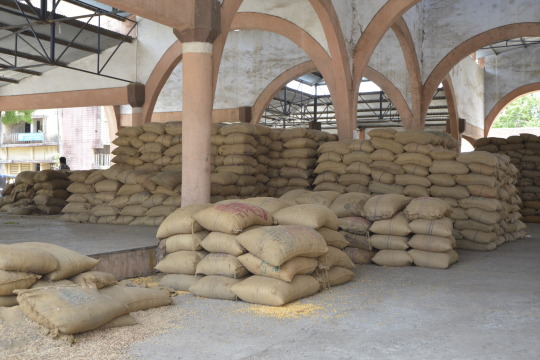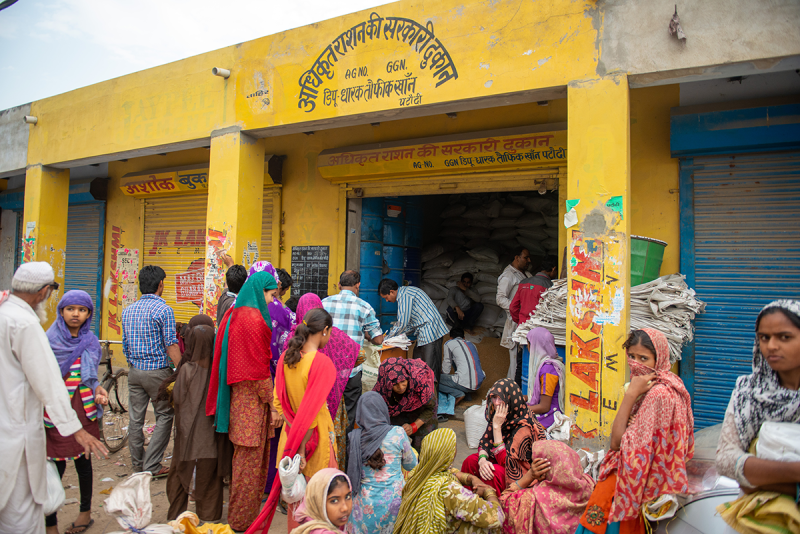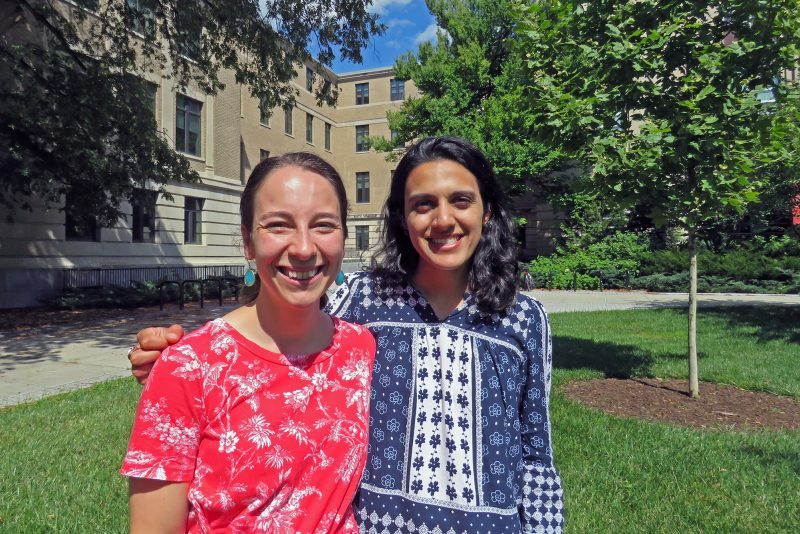Food and agricultural policies: State governments as innovators

In a previous blog, I talked about the changes in the agriculture and food policy at the national level. It is evident that the newer changes in India’s food policy landscape suggest a greater ‘stepping in’ of the state in the contemporary “food regime”. This has been facilitated through various policy and legal processes centered upon the notion of human rights to basic entitlements such as food and the growing recognition to public health concerns.
This has led to a greater presence of the state in the food market. The state, however, is inconspicuous by its absence in other enablers for better agricultural and rural income such as investments in better infrastructure, marketing, R&D, irrigation and extension facilities among others. This is an interesting anomaly as highlighted by in the food regime literature, which theorizes state as being “absent, inconsequential or captured” in the global food politics.
Food policy and sub-national politics
In India, the use of food policy is now increasingly becoming a “radical new centrality” in India’s sub-national politics. Food policy reforms are now a vital cog in the emerging social policy narrative driven by the state governments in addition to being an instrument of regional politics and governance reforms. Food procurement policies have become an instrument of expressing greater regional power in the polity, where the power to legislate the agricultural sector remains with the sub-national government. The governments of Madhya Pradesh and Chhattisgarh, through greater government procurement of grains, are challenging the dominance of Punjab and Haryana’s farmers in influencing agricultural policies. The other states like Bihar and Uttar Pradesh are also adding to the list.
Food assistance programs have a history of being used as a plank for vote mobilization and electoral gains; for example, the rice subsidy scheme in Andhra Pradesh introduced in 1983 by the Chief Minister (CM) of Andhra Pradesh. Such policies do continue to persist now in other states as well. Massive reduction in the subsidized price of grains in Chhattisgarh, Odisha and Himachal Pradesh are clear examples. Tamil Nadu, in fact, distributes rice for free through the Public Distribution System (PDS).
In the last two decades, Chhattisgarh and Madhya Pradesh offer interesting cases where food procurement and distribution reforms have led to clear electoral gains. Improvements in PDS and expanded food procurement coverages have led to successive terms in office for the CMs. These welfare schemes also help in enhance and penetrate the CM’s intentions and popularity more effectively. With the popularity of these, CM Raman Singh is commonly referred to as “chawal waale baba” (rice man) in rural parts of Chhattisgrah and some have gone to hail the agricultural policies of Madhya Pradesh CM Shivraj Singh Chouhan as “Shiv Mantra”.
Food policy as a part of larger welfare policies
Over the last thirty years, state governments have become more powerful and have asserted their legislative autonomy in the areas of food and agriculture. Greater action on food and agricultural issues seems to be a part of the emerging welfare regime in India, where the sub-national governments have innovated upon the national policies. In some ways, the state governments have become new “laboratories for social development policy” in India. Part of this can be explained through greater sub-national fiscal autonomy as well as the emerging contours of political competition where sub-national identities have emerged as salient factors in explaining electoral outcomes in the last three decades. Welfare policies in India can hardly be divorced from the exigencies of political economy.
The nature of government intervention, however, has the potential to define what lies in store for the future of India’s agriculture and its food production patterns. One can only speculate on whether it will be a break from the historical legacies of open ended procurement, cereal based schemes and the distributional reforms including moving away from in-kind subsidies in the time to come.
Research of the Tata-Cornell Institute (TCI)
As a part of my research at TCI, I explore these variations in performance on nutrition and food policy reforms at the sub-national level. I focus on the interrelated questions, which traverse from issues of agricultural production to nutritional outcomes with a keen eye on how policies have evolved, key actors in the reforms and its potential drivers – economic and non-economic. This is an attempt to understand the sub-national trends and deliberate upon whether these food policy reforms and initiatives have the potential to chart out a new course for food and agriculture in India or if they are just tools of “mass populism”. On the national nutrition front, I look at the National Food Security Act (NFSA 2013) under which the framing of newer policies has to comply with the legal bindings of promises made under the Act. These could pose a limit or constrain the design of food policy in the time to come. On the other hand, NFSA could act as a springboard for various innovations and more effective ways at designing food based welfare policies.
I encourage you to read more about our work on the nature of food policy in India through our latest piece, “The bumpy road from food to nutrition security –
Slow evolution of India’s food policy“ appearing in the Journal of Global Food Security.
By Andaleeb Rahman
Andaleeb Rahman (ar687@cornell.edu) is a Postdoctoral Associate at the Tata-Cornell Institute (TCI). His research focuses on the reforms in food and agricultural policy in India and its implications for nutritional outcomes. More specifically, his work explores the changing nature of food procurement and distribution in India. Follow him on twitter @AndaleebR.




